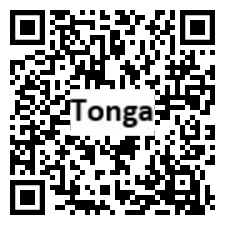Country Summary
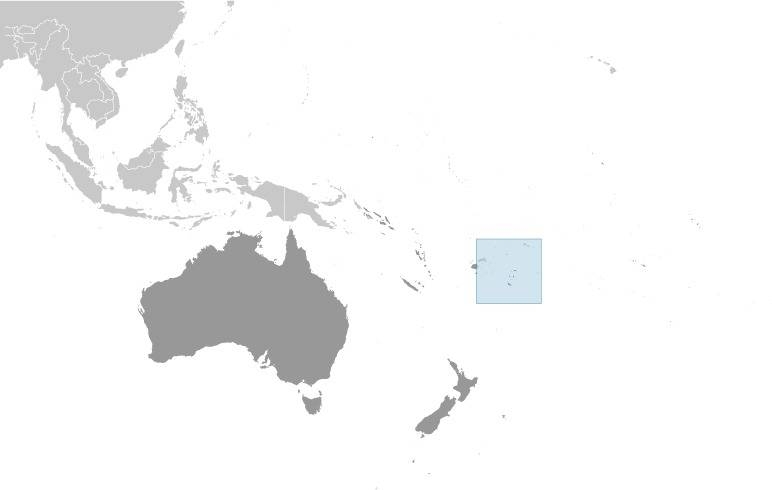
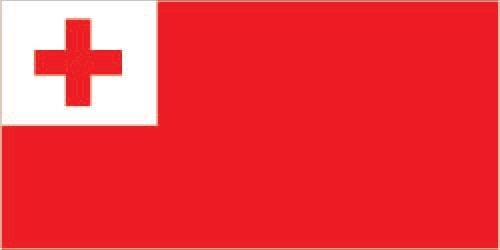
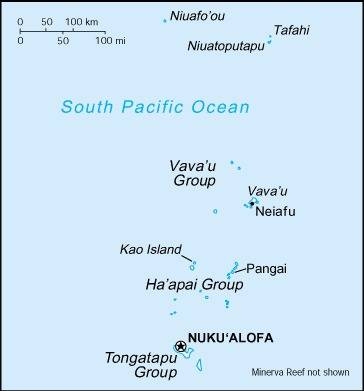
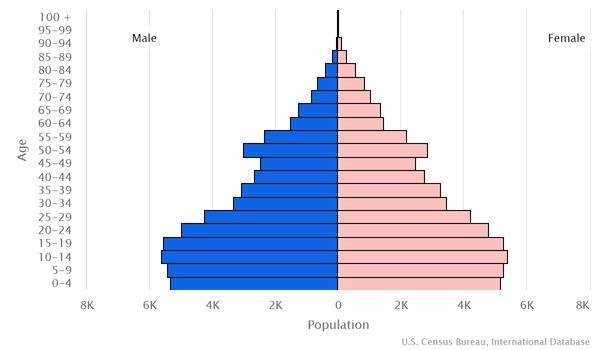
Introduction
Background
Tonga - unique among Pacific nations - never completely lost its indigenous governance. The archipelagos of "The Friendly Islands" were united into a Polynesian kingdom in 1845. Tonga became a constitutional monarchy in 1875 and a British protectorate in 1900. It withdrew from the protectorate and joined the Commonwealth of Nations in 1970. Tonga remains the only monarchy in the Pacific.
Geography
Area
total: 747 sq km
land: 717 sq km
water: 30 sq km
Climate
tropical; modified by trade winds; warm season (December to May), cool season (May to December)
Natural resources
arable land, fish
People and Society
Population
105,517 (2022 est.)
Ethnic groups
Tongan 97%, part-Tongan 0.8%, other 2.2%, unspecified <0.1% (2016 est.)
Languages
Tongan and English 76.8%, Tongan, English, and other language 10.6%, Tongan only (official) 8.7%, English only (official) 0.7%, other 1.7%, none 2.2% (2016 est.)
Religions
Protestant 64.1% (includes Free Wesleyan Church 35%, Free Church of Tonga 11.9%, Church of Tonga 6.8%, Assembly of God 2.3%, Seventh Day Adventist 2.2%, Tokaikolo Christian Church 1.6%, other 4.3%), Church of Jesus Christ 18.6%, Roman Catholic 14.2%, other 2.4%, none 0.5%, unspecified 0.1% (2016 est.)
Population growth rate
-0.26% (2022 est.)
Government
Government type
constitutional monarchy
Capital
name: Nuku'alofa
Executive branch
chief of state: King TUPOU VI (since 18 March 2012); Heir Apparent Crown Prince Siaosi Manumataogo 'Alaivahamama'o 'Ahoeitu Konstantin Tuku'aho, son of the king (born 17 September 1985); note - on 18 March 2012, King George TUPOU V died and his brother, Crown Prince TUPOUTO'A Lavaka, assumed the throne as TUPOU VI
head of government: Prime Minister Siaosi SOVALENI (since 27 December 2021)
Legislative branch
description: unicameral Legislative Assembly or Fale Alea (30 seats statutory, 27 current); 17 people's representatives directly elected in single-seat constituencies by simple majority vote, and 9 indirectly elected by hereditary leaders; members serve 4-year terms)
Economy
Economic overview
upper middle-income Pacific island economy; enormous diaspora and remittance reliance; key tourism and agricultural sectors; major fish exporter; rapidly growing Chinese infrastructure investments; rising methamphetamine hub
Real GDP (purchasing power parity)
$670 million (2019 est.)
Real GDP per capita
$6,400 (2019 est.)
Agricultural products
coconuts, gourds, cassava, sweet potatoes, vegetables, yams, taro, roots/tubers nes, plantains, lemons/limes
Industries
tourism, construction, fishing
Exports
$90 million (2020 est.)
Exports - partners
United States 38%, South Korea 18%, Australia 14%, New Zealand 14%, Japan 6%, (2019)
Exports - commodities
squash, fish, various fruits and nuts, antiques, coral and shells (2019)
Imports
$300 million (2020 est.)
Imports - partners
Fiji 29%, New Zealand 23%, China 14%, United States 8%, Australia 6%, Japan 6% (2019)
Imports - commodities
refined petroleum, poultry meats, audio equipment, mutton, goat meat, broadcasting equipment (2019)
Exchange rates
pa'anga (TOP) per US dollar -
Page last updated: Wednesday, August 31, 2022
